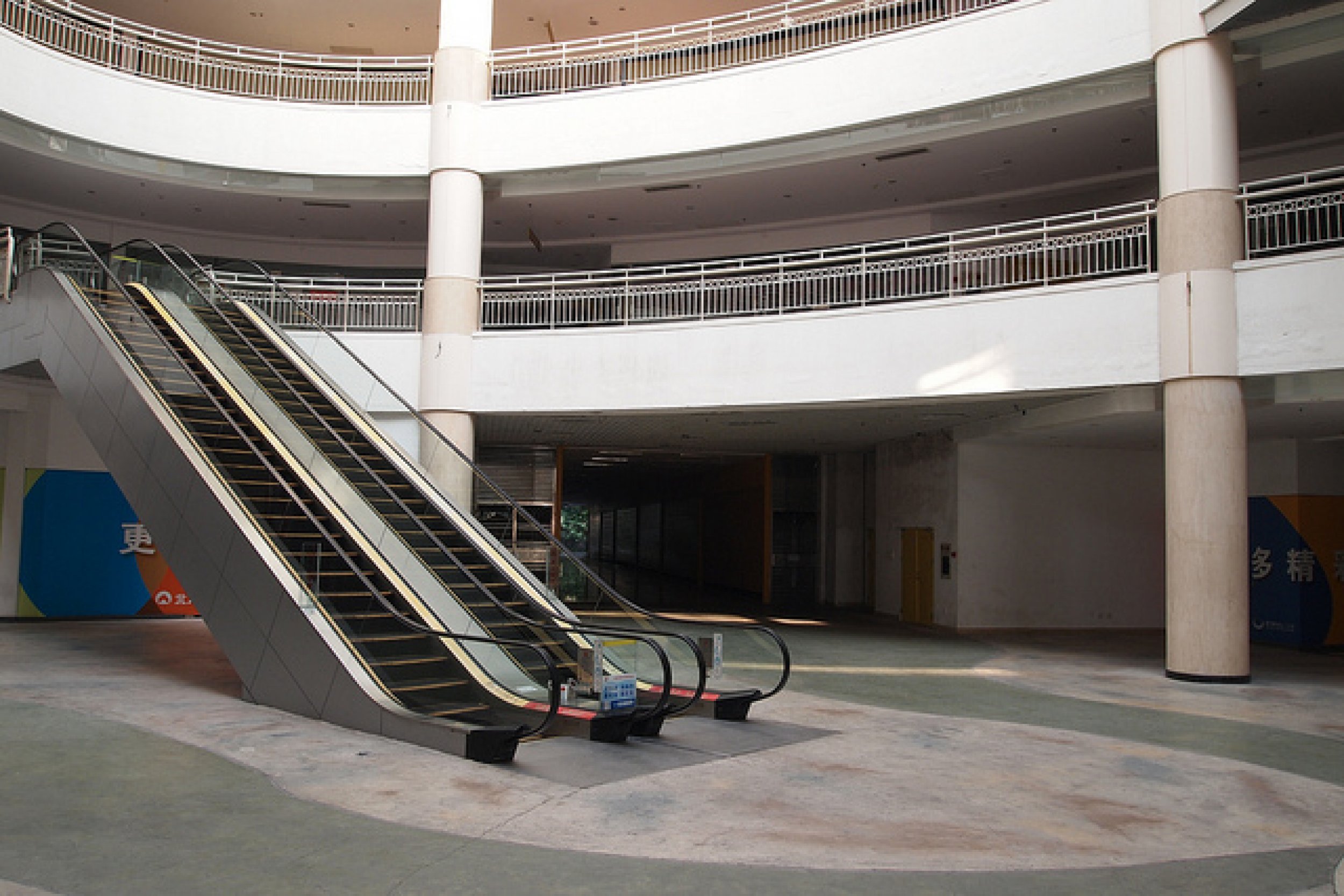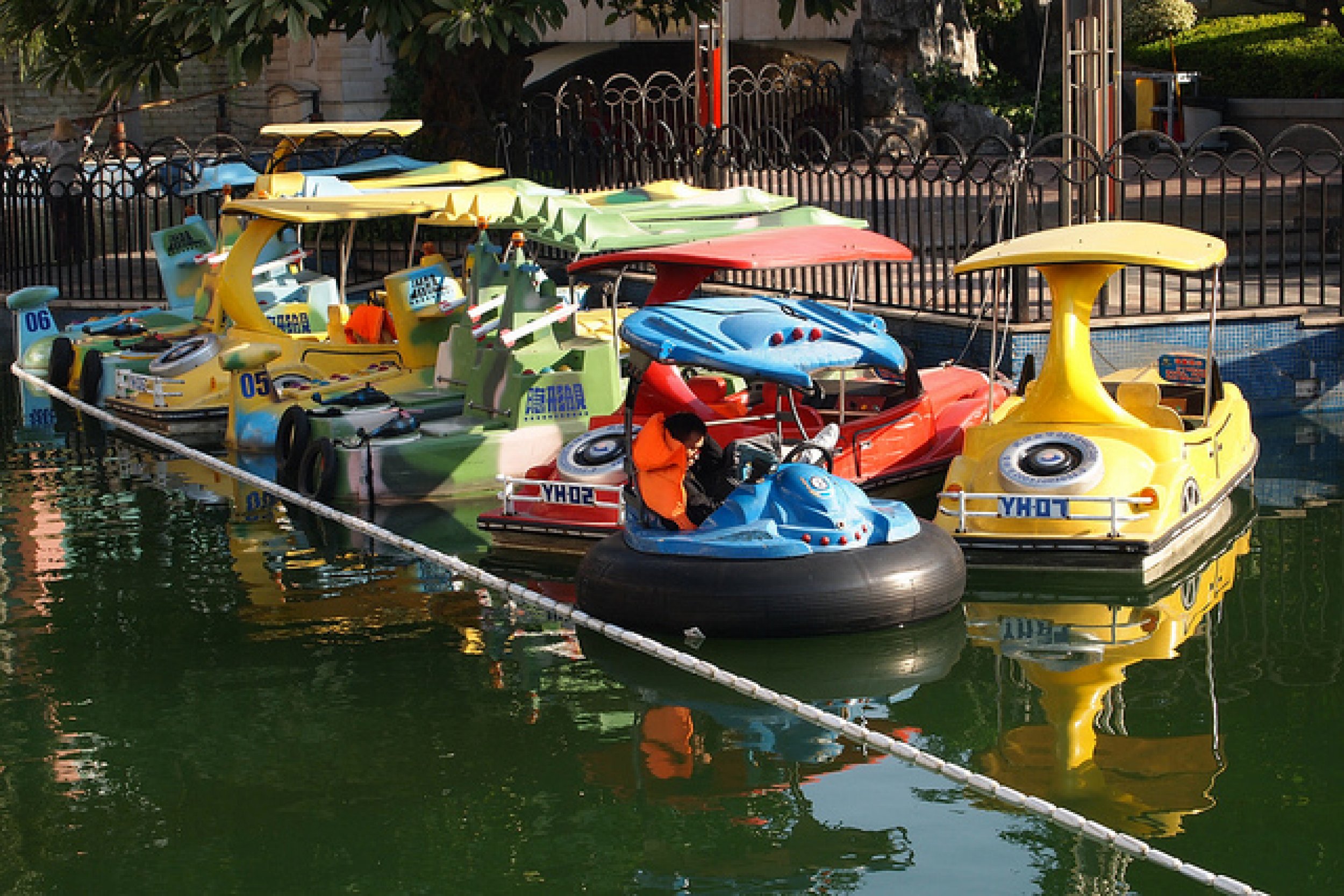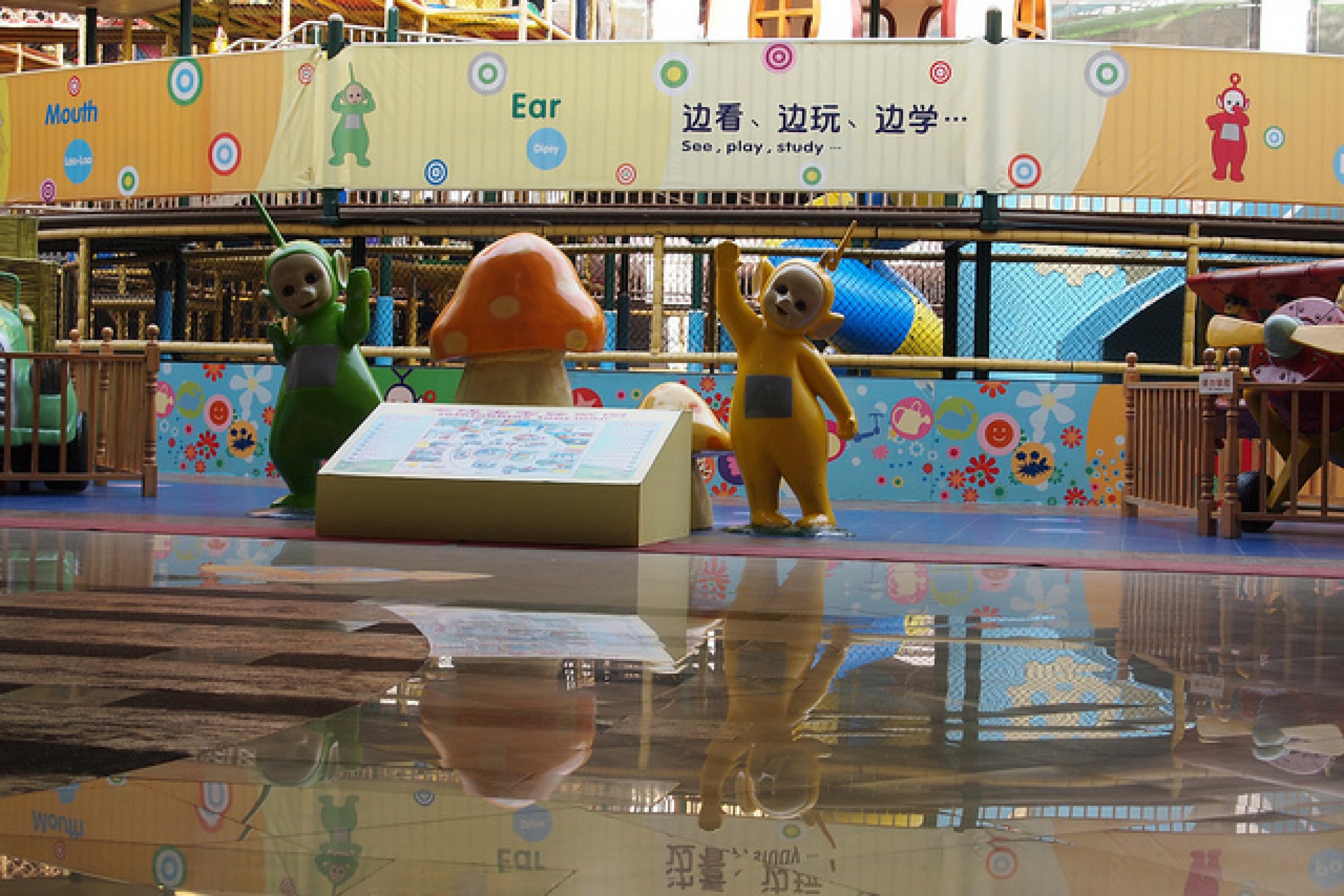Largest Mall In The World Another One Of China's Many Ghost Towns [SLIDESHOW]
The United States’ biggest mall, the Mall of America, has 520 stores, 50 restaurants and even an indoor amusement park. The New South China Mall is bigger. But unlike its American counterpart, it's largely vacant.
The mall, located in Guangdong province in the south of the country, features replicas of the Arc de Triomphe and the Egyptian Sphinx, along with roller coasters and even a 1.5-mile (2.1-kilometer) canal. What it does not have, however, is stores and shoppers.
The sprawling New South China Mall is a 5-million-square-foot (464,000-square-meter) shopping center, the largest in the world in terms of leasable area. Unfortunately, for investors in the mall, most of that space is going to waste. While the mall does feature a handful of fast food chains, an IMAX movie theater, and the world’s first licensed Teletubbies Edutainment Center, it is a far cry from the expectations of developers who envisioned upward of 100,000 visitors a day.
And though Guangdong has a population of 10 million people, poor research and planning ultimately led to the failure of the New South Mall, which opened eight years ago. Guangdong is predominantly made up of factory migrant workers who simply can't afford to indulge the way those in larger cities would be able to, and public transportation to get to and from the mall was never added.
China is home to the world’s largest “functional” mall too, located in the nation’s capital, Beijing.
But the country's ghost towns have started grabbing news headlines after CBS News’ 60 Minutes did a segment on China’s real estate market. CBS shared footage of a ghost city in Zhengzhou, China, an area with brand-new buildings that have been bought and paid for but sit empty and uninhabited.
More images of the extravagant ghost mall can be seen here.








© Copyright IBTimes 2024. All rights reserved.












